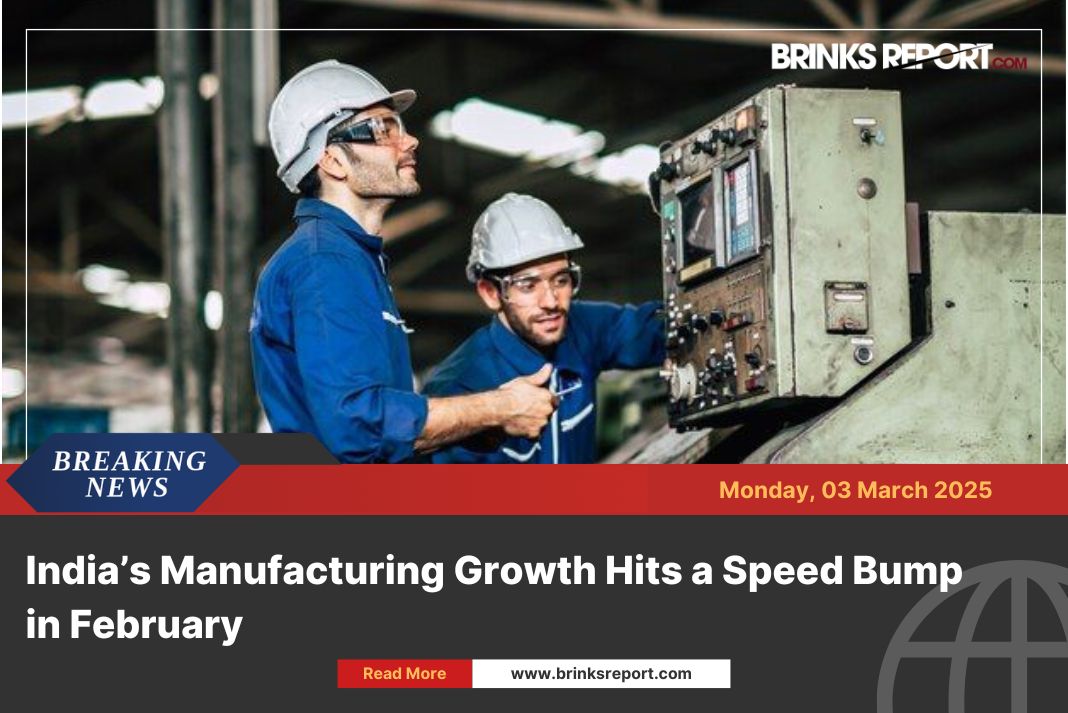
Asian stock markets climbed on Friday after signs emerged that China might engage in talks about U.S. tariffs—a signal that’s got Wall Street watching closely and investors worldwide breathing a little easier.
The Hang Seng Index in Hong Kong surged 1.7% to 22,493.96. Tokyo’s Nikkei 225 added 1.1%, and Taiwan’s benchmark jumped 2.2%. Australia’s ASX 200 was up 1.1%. Shanghai markets were closed for a holiday.

What does this mean for the average person?
In simple terms: global stocks are rallying because there’s hope that U.S. tariff tensions might cool down. That could mean fewer price hikes on everyday products—like phones, clothes, and food—since tariffs often get passed on to consumers.
Markets love even a whiff of stability. China’s Commerce Ministry confirmed that U.S. officials have quietly reached out through backchannels, expressing a willingness to negotiate on trade. A ministry spokesperson noted, “The Chinese side is making an assessment.”
Translation: Beijing’s not jumping in just yet—but they’re listening. And that’s all it took to lift markets from Hong Kong to Sydney.
Also Read Why Elon Musk’s Satellite Internet Plan in India Has Everyone Nervous — Except Him
Wall Street’s mixed mood
Meanwhile, in the U.S., the S&P 500 rose 0.6%—marking its longest winning streak since August. The Nasdaq jumped 1.5%, boosted by tech optimism. Microsoft soared 7.6% after strong AI-fueled earnings. Meta followed with a 4.2% gain, saying AI helped supercharge its ad revenue.
So, Silicon Valley’s AI obsession? It’s not just buzz—it’s paying off. Read Meta’s report here.
But beneath the rally lies a mood Wall Street can’t quite shake.
The real fear? Stagflation
Behind the stock surge is a storm cloud named stagflation—where inflation stays high but the economy slows down. That’s the nightmare scenario for central banks. If the U.S. Federal Reserve cuts interest rates to help growth, inflation could flare. But if it keeps rates high to fight inflation, growth might stall further.
Thursday’s economic data didn’t help. Joblessness came in higher than expected, and consumers are growing pessimistic. McDonald’s, of all companies, said diners are pulling back. That’s your “canary in the coal mine”—when people skip fries, you know they’re feeling the pinch.
Also Read Foreign Investors Boost Indian Markets with Longest Buying Streak in Nearly Two Years
Treasury yields wobble
The 10-year Treasury yield dipped below 4.13% on the bad job news, then rebounded to 4.21%. That’s a sign investors are confused too—rattled by weak data, but still betting on recovery.
Oil, currency, and hopes for tariff rollbacks
U.S. crude rose to $59.66 a barrel. Brent crude added 40 cents, settling at $62.53. The U.S. dollar edged up slightly against the yen, while the euro ticked higher.
But here’s the twist: Trump’s tariffs may get peeled back if trade deals land. That’s another reason markets are betting bullish.
Still, let’s not forget: tariffs are taxes, just sneakier ones. They may be slapped on foreign goods, but you still pay at the checkout. That’s why talks—even the idea of talks—matter.
As one analyst put it: “Markets are living on hope right now. But hope isn’t a strategy.”
Also Read China Reacts to Trump’s Trade War – How They Plan to Protect Their Economy – Get Inside Details












